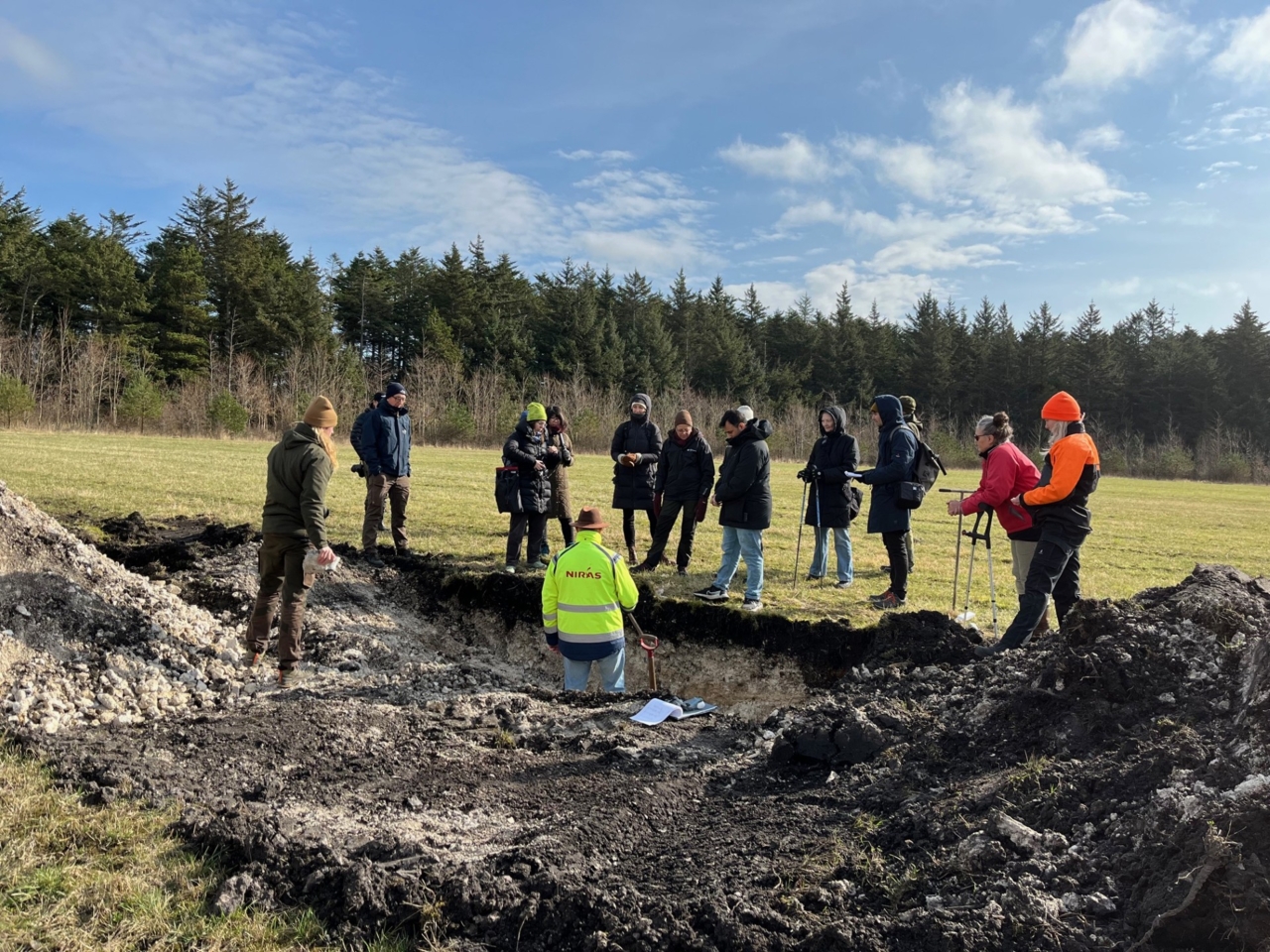Success from the ground up: Participatory monitoring and forest restoration

Participatory monitoring in Denmark
Global forest restoration initiatives offer a critical chance to reverse deforestation and degradation, but success depends on collaboration across stakeholders and strong local involvement. Effective monitoring systems are essential to scale, adapt and track progress, with participatory monitoring emerging as a key tool. This review explores its role through case studies, experiences and concepts, highlighting lessons learned and pathways to enhance restoration outcomes worldwide.
New global forest restoration initiatives present an unparalleled opportunity to reverse the trend of deforestation and forest degradation in the coming years. This effort will require the collaboration of stakeholders at all levels, and most importantly, the participation and support of local people. These ambitious restoration initiatives will also require monitoring systems that allow for scalability and adaptability to a range of local sites. This will be essential in understanding how a given restoration effort is progressing, determining why or why not it is succeeding and learning from both its successes and failures. Participatory monitoring could play a crucial role in meeting international monitoring needs. The potential of participatory monitoring in forest restoration and related forest management activities is explored in this review through multiple case studies, experiences, field tests and conceptual discussions. The review seeks to deepen and broaden our understanding of participatory monitoring by teasing out the lessons learned from existing knowledge and mapping a possible path forward, with the aim of improving the outcomes of forest restoration initiatives.
- Monitoring & Projecting
- Social & Stakeholder
- Landowners & Practitioners
- Planners & Implementers
- Climate change mitigation
- Natural processes and ecosystem preservation
- Restoration after natural disturbances
- Social and cultural values
- Soil health
- Show 2 more

